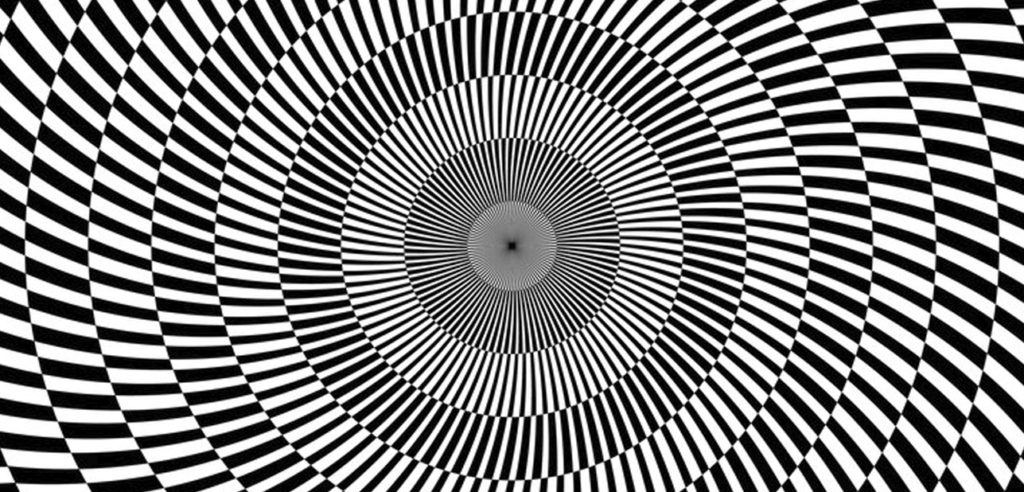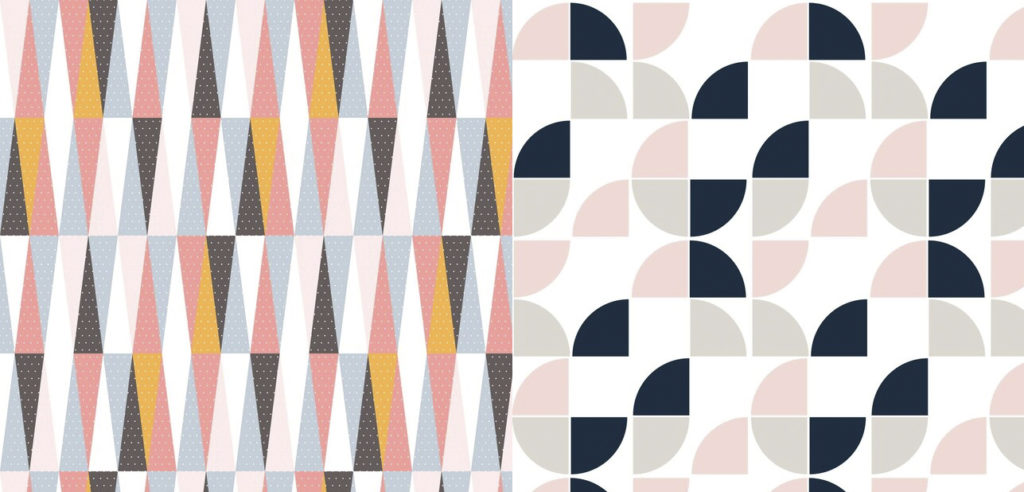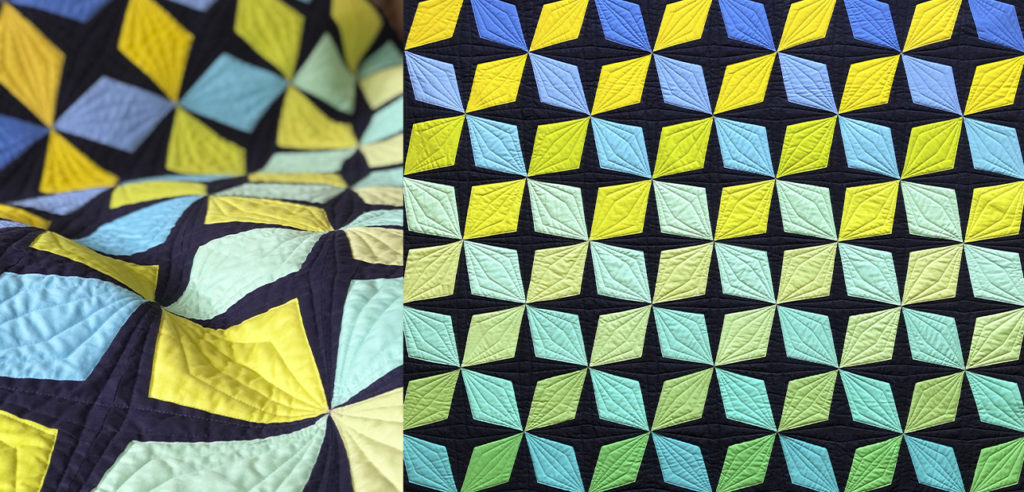In the world of modern quilting, optical illusions have become a popular trend, with quilters using clever fabric placement and design to create depth, movement, and hidden images in their quilts. These optical illusion quilts not only challenge the traditional notions of quilting but also offer a unique and creative way to play with perspective. In this article, we will explore some of the unique optical illusions that quilters can incorporate into their improvisational practice when making these mesmerizing quilts.

The Basics of Optical Illusion Quilts
Optical illusion quilts stand at the fascinating intersection of art and craft, engaging the viewer’s perception through the careful manipulation of fabric. These quilts leverage a variety of techniques to achieve effects that can make a flat surface appear to have depth, dynamic movement, or reveal hidden images that aren’t immediately apparent. At the core of these designs is the strategic selection and arrangement of fabrics – choices that are made based on color contrast, pattern scale, and texture to mislead the eye in delightful ways.
A key to mastering this quilting style involves an understanding of how our eyes process visual information and how that can be influenced by the arrangement of quilt pieces. For instance, the juxtaposition of light and dark fabrics can create the illusion of shadows or highlights, suggesting a depth that tricks the mind into seeing a three-dimensional shape where there is none. Similarly, the orientation and sequence of geometric shapes can simulate motion, making static patterns appear as if they are swirling or pulsing.



To embark on the journey of creating an optical illusion quilt, quilters must first embrace the experimental aspect of this art form. It’s a process that often involves trial and error, as well as a willingness to play with different fabric combinations and sewing techniques. Understanding the basics of color theory, pattern design, and visual perception can greatly enhance a quilter’s ability to craft quilts that not only captivate but also visually intrigue. As such, optical illusion quilts are an excellent challenge for quilters seeking to push the boundaries of traditional quilting and explore new dimensions of textile art.
Creating Depth with Color Gradients
One effective way to craft the illusion of depth in optical illusion quilts is through the thoughtful application of color gradients. Quilters achieve this by arranging fabrics from light to dark or vice versa within a specific color family, mimicking the way objects appear to fade or intensify in color as they recede or approach in space. This technique can be particularly mesmerizing when portraying natural scenes, such as the gradual lightening of a sky at dawn or the deepening hues of a mountain range in the distance. The subtlety of the gradient requires a careful selection of fabric, with attention to the slightest variations in tone and intensity. When executed skillfully, the result is a quilt that seems to extend beyond its two-dimensional surface, inviting the viewer into a seemingly tangible landscape. This approach not only enriches the visual experience but also adds a layer of complexity to the quilt, challenging the viewer’s perception and enhancing the overall impact of the piece.
Generating Movement with Geometric Patterns
A mesmerizing aspect of optical illusion quilts is the ability to simulate movement through the strategic use of geometric patterns. This approach involves aligning shapes like triangles, squares, or circles in a way that the repetition and variation in size, color, or orientation fool the eye into perceiving motion. This illusion of movement can transform a static piece into something that appears fluid and lively. For example, a series of concentric circles that gradually decrease in size can create a ripple effect, while alternating colors in a chevron pattern can mimic the undulating waves of the sea.

The magic behind this technique lies in the precision of pattern placement and the quilter’s understanding of visual dynamics. Even the direction in which the fabric patterns are sewn together can influence the viewer’s perception of movement, guiding the eye along a predetermined path across the quilt’s surface. By manipulating these elements, quilters can craft designs that pulsate or swirl, adding an energetic dimension to their work.
Experimentation plays a crucial role in this process, as the impact of geometric patterns on movement perception can vary greatly depending on the choice of fabric, the scale of the shapes, and the contrast between them. The resulting quilts, vibrant with the illusion of motion, challenge and engage the viewer, proving once again the innovative potential of modern quilting.
Crafting Hidden Images through Patchwork
Delving into the realm of hidden imagery within the quilt’s fabric mosaic offers a delightful challenge for the adventurous quilter. This technique requires a meticulous arrangement of colors and patterns that, at first glance, may appear to be a simple patchwork design. However, upon closer observation, these carefully orchestrated pieces reveal a hidden picture or motif. The secret to success in this approach lies in the precision of fabric placement and the subtle play of light and dark shades to outline the concealed image. Engaging in this creative endeavor encourages quilters to think beyond the surface, employing a strategic layering of patterns that converge to unveil a surprise element. The beauty of this technique is in its ability to marry the straightforwardness of patchwork with the complexity of optical illusions, resulting in quilts that offer a sense of discovery and enchantment. As quilters experiment with different themes and images, the quilt becomes a canvas for storytelling, where every stitch contributes to the unveiling of a hidden narrative.
Incorporating Trompe-l’œil Techniques
The art of Trompe-l’œil, a time-honored technique that tricks the eye into perceiving a painted detail as a three-dimensional object, offers a fascinating application in the realm of quilting. By selecting fabrics that mimic the appearance of real-life textures, quilters can ingeniously craft quilts that seem to possess depth beyond their physical surface. Imagine the illusion of a quilted stone pathway where each “stone” appears to rise above its surface, or a floral design where the petals seem to flutter gently in an unfelt breeze. This method demands a discerning eye for fabric that convincingly represents the texture intended to be simulated, whether it be the roughness of tree bark or the smooth sheen of water. It challenges quilters to push the boundaries of fabric selection, venturing beyond traditional patterns and colors to those that can achieve a realistic effect. The joy of Trompe-l’œil lies in its ability to astonish, creating a moment of wonder when the viewer realizes the flat quilt before them is only masquerading as a multi-dimensional scene. Through this innovative approach, quilts become not just cozy bedcovers but captivating optical experiences that invite viewers to look closer and admire the skillful illusion crafted by the quilter’s hand.



Experimenting with Perspective for Dramatic Effect
The allure of optical illusion quilts is significantly amplified by the innovative use of perspective, which can imbue quilts with a dramatic sense of depth and dimensionality. When quilters skillfully manipulate the size and placement of fabric pieces, they can craft designs that seem to leap off the fabric or recede into the distance, engaging the viewer’s senses in an unexpected dance of visual depth. For instance, a quilt pattern may feature a series of diminishing squares that recede to a vanishing point, creating an illusion of infinite space on a finite canvas. Alternatively, by arranging fabrics of varying shades and tones in a precise manner, a quilt can mimic the perspective found in Renaissance paintings, offering a window into another world. This technique challenges the quilter to think in terms of foreground, middle ground, and background, carefully considering how each layer contributes to the overall illusion. As quilters experiment with these principles, they not only expand their repertoire of techniques but also unlock new possibilities for storytelling through fabric, making each quilt a unique exploration of visual perception.

Blending Traditional Patterns with Optical Illusions
Marrying the time-honored craft of traditional quilting with the innovative world of optical illusions presents an exciting avenue for quilters to explore. This fusion allows for the creation of quilts that respect the rich history and techniques of quilting while introducing a dynamic visual twist that captivates and surprises. Traditional patterns, such as log cabin or flying geese, can serve as the perfect canvas for incorporating elements of illusion, offering a familiar structure within which to experiment. By altering the color contrasts or the scale within these patterns, quilters can introduce the appearance of depth or movement, transforming a classic quilt into an interactive visual experience. This blend not only bridges the gap between generations of quilters but also expands the creative potential of quilting as an art form. The process encourages quilters to view traditional designs through a new lens, challenging them to push the limits of fabric and pattern to achieve stunning effects that make a statement. Through this innovative combination, quilts become more than just beautiful artifacts; they become engaging pieces of art that reflect the quilter’s skill, creativity, and willingness to venture into uncharted territories of design.


